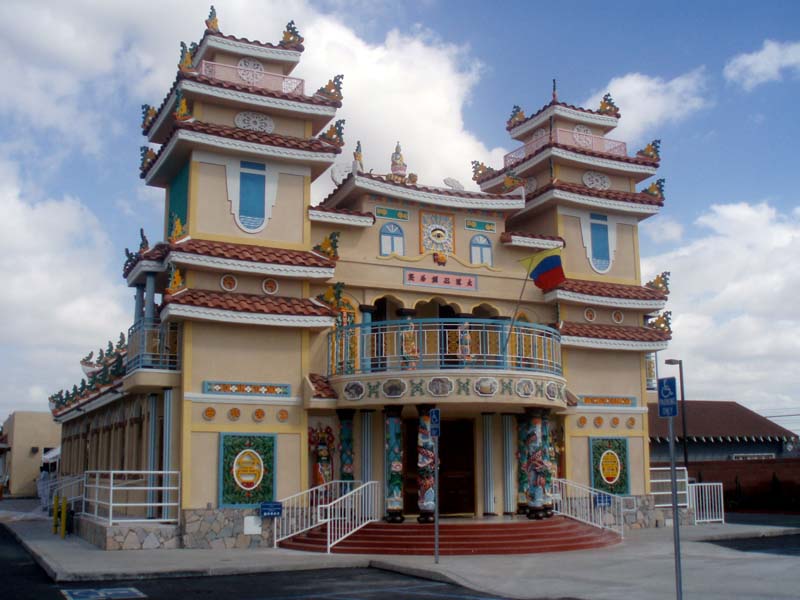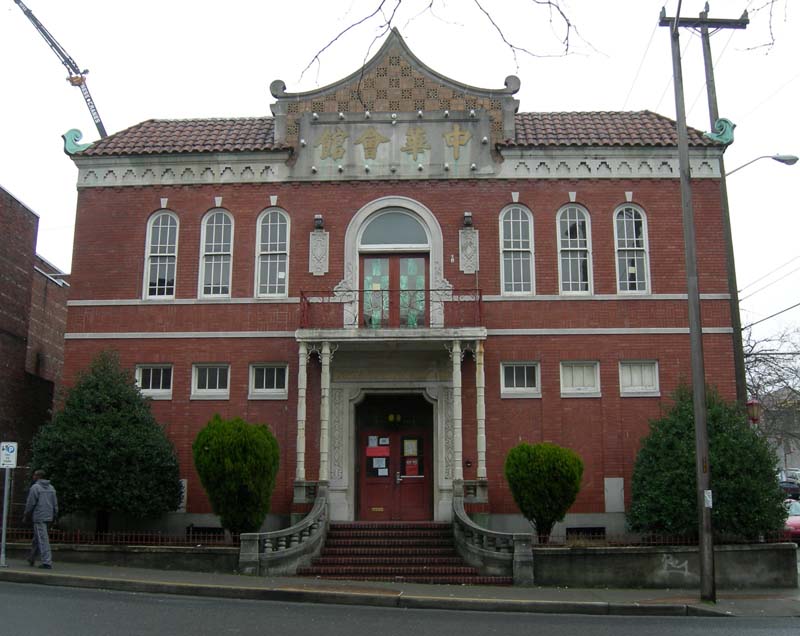-
Membership
Membership
Anyone with an interest in the history of the built environment is welcome to join the Society of Architectural Historians -
Conferences
Conferences
SAH Annual International Conferences bring members together for scholarly exchange and networking -
Publications
Publications
Through print and digital publications, SAH documents the history of the built environment and disseminates scholarshipLatest Issue:

-
Programs
Programs
SAH promotes meaningful engagement with the history of the built environment through its programsMember Programs
-
Jobs & Opportunities
Jobs & Opportunities
SAH provides resources, fellowships, and grants to help further your career and professional life -
Support
Support
We invite you to support the educational mission of SAH by making a gift, becoming a member, or volunteering -
About
About
SAH promotes the study, interpretation, and conservation of the built environment worldwide for the benefit of all
SAH Archipedia Highlights: Asian American Pacific Islander Heritage Month
May 4, 2021
by
Catherine Boland Erkkila, BUS/SAH Archipedia Managing Editor
In recognition of Asian American Pacific Islander Heritage Month, we are featuring a selection of AAPI sites in SAH Archipedia. Visit the website’s main page to see additional featured content, which is updated monthly.

Chinatown
Photograph by Christian Mehlfuhrer, CC BY SA-3.0As early as 1855, Chinese migrants were living in the section of San Francisco that became known as Chinatown, formed as a relatively safe enclave from racially motivated violence. Today, the neighborhood is one of the densest urban areas in the country.

Cao Dai California Temple
Photograph by Janet Hoskins
The Cao Dai California Temple (2007–2008) in Garden Grove, California, was built by the Orange County congregation of Caodaists, which numbers about 25,000 people, and it is one of only four in the United States to be purposefully built following the sacred architectural blueprint of the Mother Church in Tay Ninh, Vietnam.

Rohwer Relocation Center
Photograph by John Greer
The Rohwer Relocation Center cemetery is evidence of a major historical event with little remaining to remind Americans of one of the most shameful periods in the history of the United States. The center was one of ten World War II internment centers for Japanese Americans and Japanese immigrants in the United States and one of two in Arkansas.

Chong Wa Benevolent Association Building
Photograph by Joe Mabel
Designed by Wing Sam Chinn, the first licensed Asian American architect in Washington state, the Chong Wa Benevolent Association Building (1929–1930) weds eastern and western design traditions and was an important center of Chinese American politics, education, and culture in Seattle’s International District.

Chinese Joss House Museum
Photograph by Mary M. Humstone
In 1874, Chinese immigrants working for the Union Pacific Railroad built a wooden temple in Evanston, Wyoming. Although the building was destroyed by fire in 1922, after the Union Pacific forced the Chinese to vacate the area, the Evanston community built this replica in 1990. It now serves as a museum that explores the history of the Chinese in southeastern Wyoming.

